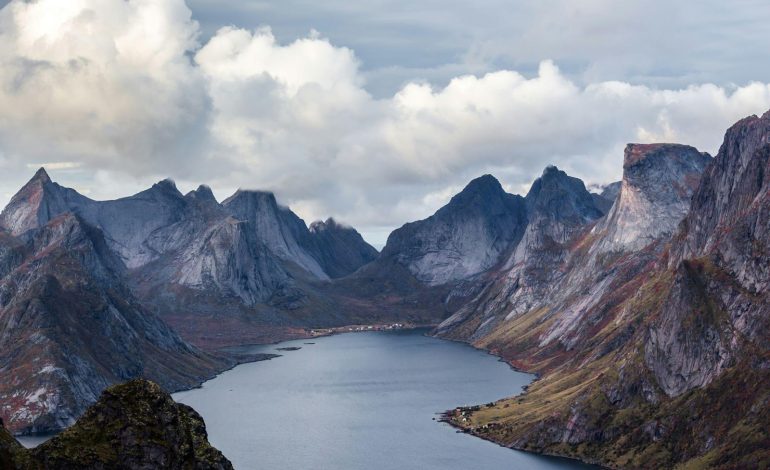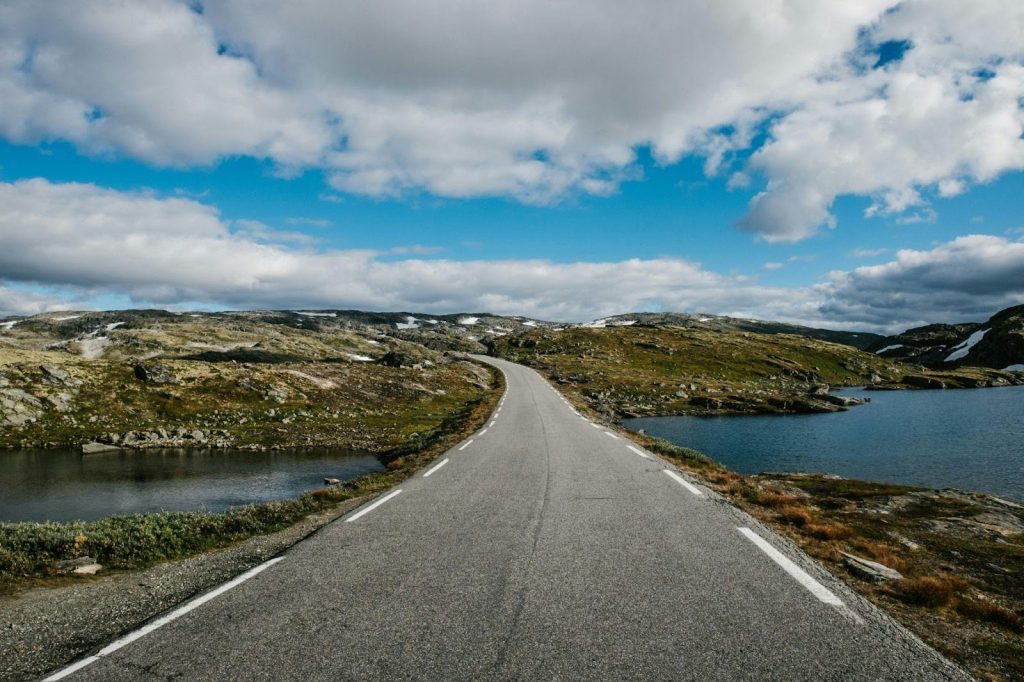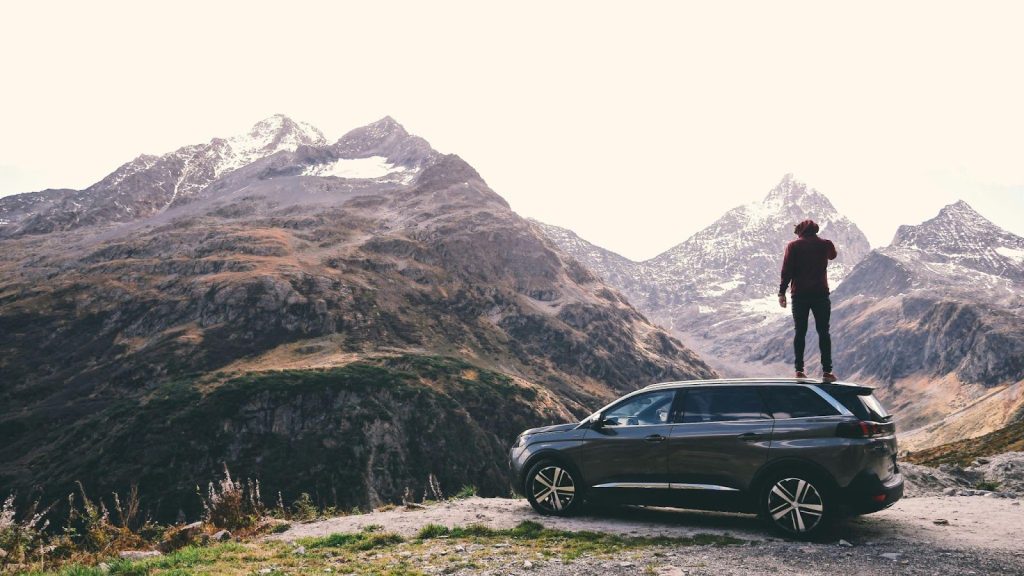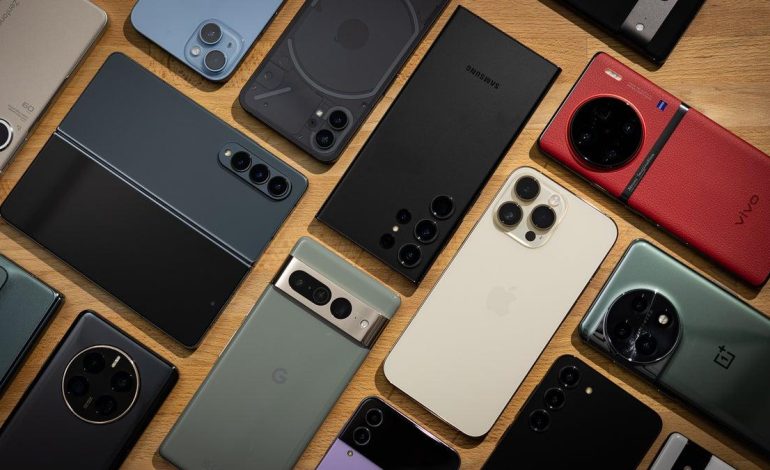
How to Find the Best Leiebil Priser
Renting a car for your road trip through Norway may be one of the best solutions, yet can often prove expensive.
There are a few tips and tricks you can use to find the most cost-effective car service in Norway, including toll roads, parking fees, fuel costs and insurance costs. In this blog we’ll cover these subjects.
Toll roads
Norwegian toll roads require you to pay to use them if driving between major cities, and are used to fund road construction and public works projects. Payment is collected using electronic transponders that scan as you pass through toll gates; alternatively you can make payments using AutoPass cards which cover both toll costs as well as ferry fares.
AutoPass connects around 190 toll stations across the country, most of them situated in major cities but some more remote ones as well. To stay away from them all, use Google Maps or similar navigation apps which will help you locate faster and cheaper routes.
Toll fees depend on both the road you are travelling on, as well as vehicle type. For instance, heavier cars typically incur more toll fees. With Europe Toll Road Calculator’s app you can easily estimate how much your trip will cost; and see the exact breakdown in real time – plus integrate it into any business or travel planning software!
All vehicles in Norway must pay road tolls; payments can be made either with cash at toll booths or an onboard unit (OBU). When renting a car, registration with a toll service provider and receiving an OBU tag by mail may also be necessary; alternatively you could register with AutoPass and use credit/debit cards instead. When selling, please terminate user agreements and remove tags before selling it on.

As Norway is home to mountainous roads with narrow, winding roadways, it’s important to remember the speed limit is 80 km/h. Furthermore, local towns can often feature their own speed limit restrictions so it is essential that drivers keep their speeds under control when traveling here.
Parking fees
If you are renting a car in Norway, it is essential that you understand its rules and requirements. For instance, all drivers, including visitors from other countries must drive on the right side of the road; exceeding speed limits is prohibited and fines will be deducted from your rental contract accordingly.
Driving in Norway is generally safe if you adhere to speed limits, with good roads that are well maintained and minimal traffic jams. When traveling outside major cities, however, a GPS navigation device will help prevent becoming lost and time is wasted on detours; additionally, make sure that you bring extra fuel along in case delays arise.
Parking fees in Norway tend to be fairly steep, particularly in large cities. They’re set per hour and displayed on street parking meters; many also feature garages. When parking either on the street or garage, make sure you read and heed any signs carefully, paying particular attention to any colors associated with meter readings (yellow means an hour parking period while gray indicates two and brown three).
Parking attendants monitor cars to make sure all rules are abided with, fining anyone found violating them with fines and/or towing services should anything illegal occurs if left parked illegally – both measures could result in towing charges imposed for illegally parking vehicles.
Most public and private parking in Norway charge fees; some accept app payments while others only take cash payments. It is always recommended to have either your parking ticket ready, or activate your app before leaving your vehicle at a parking spot that offers Camera Pay; otherwise the camera may record you.

As well as parking fees, there are various additional costs you should be mindful of when visiting Norway. First and foremost is having an international driver’s license or equivalent document issued by either the Norwegian Embassy or Consulate in your home country; plus you should hold at least six months validity passport as well as an insurance policy covering your vehicle.
Fuel
Norway’s highways and major roads require toll payments based on distance traveled and vehicle category, with bridges and tunnels also charging toll fees.
Norway boasts an excellent road infrastructure, with excellent intercity routes that will get you where you need to be without having to pay any tolls or worry about fuel prices; fuel prices typically fall within 16-20 kr per litre range for petrol prices.
One of the best ways to save on car rental in Norway is booking early. This is especially important if your trip falls during peak seasons (summer for white nights or winter for northern lights), when prices can skyrocket. Also consider one-way rentals over return ones so that your savings can go toward other expenses like meals or accommodation instead.
Consider renting a smaller car as another way to cut back on rental costs, since smaller vehicles tend to be cheaper and are less prone to damage or theft. Plus, smaller cars usually provide more luggage space, making them perfect for families or groups traveling together.
Price comparison websites provide a reliable method of finding Norway’s lowest car rental costs, by comparing the prices from numerous providers and showing you which offer the best deals for your specific itinerary. This can help you find the leiebil pris for your needs. These websites are easy to use and give an exhaustive view of available services.
Some companies offer great deals on van rentals in Norway by searching through their vast inventory. Choose from luxury models, minivans, and other options; filter by location and pick-up date to streamline your search experience; they provide detailed descriptions for every vehicle type with its features and photos depicting both exterior and interior spaces for each one; they even allow users to filter by category/size so you find exactly what you’re looking for quickly!
Insurance
Renting a car in Norway involves many considerations beyond just the initial rental cost; fuel expenses, insurance policies and any extra features you want may all add up, making an informed decision important. Take time to research before making your final choice!
Norway offers many incredible sights and activities, making renting a car the ideal way to get around. The roads tend to be in good condition and provide access to some of Norway’s iconic natural wonders – plus tours that allow visitors to truly experience its natural beauty are available as well. It is worth making time for all this beauty.
To rent a car in Norway, most often all that’s required to rent one is a valid driving license and credit card. If you come from outside of Europe or EEA countries, however, additional documents such as passport may also be necessary – you might also require an International Driving Permit if your stay exceeds three months.
Although public transportation can get you around Norway, having your own transport is the ideal way to see all its natural wonders and small villages that may not be reachable on foot. Plus, having your own transport often saves money as it means less spending on gas and accommodation!
Look for a company that offers an expansive selection of cars for rent in Oslo, from SUVs and luxury models to SUVs and hatchbacks. Most cars include Third Party Liability and Collision Damage Waiver (CDW), however it’s always wise to read their terms and conditions prior to renting as some companies don’t include CDW for drivers from North America (US/CA).
Norway requires that renters be at least 19 years old in order to rent a vehicle, though if you are under 25 you may incur an additional young driver fee on top of vehicle rental charges. Furthermore, citizens from EEA or Switzerland countries and those who possess a clean driving record may rent cars in Norway.
Rules of the Road
As you navigate Norway’s roads, there are certain rules you’ll want to be mindful of – from charging an electric car in Norway and scenic route recommendations, all the way through to toll roads and any toll fees that may apply.
Every driver must drive on the right side of the road with dipped headlights on, including during night driving. Trams and public transport always have priority overtaking on long straightaways with plenty of visibility; overtaking should only occur then when an open gap presents itself; in mountain roads or around fjords narrow roads may restrict passing, and larger vehicles must pull over to allow cars behind them to pass safely.
An attentive driving style and formal language is generally expected when in Norway. Excessive use of “please” could seem rude to Norwegian listeners; to avoid offending others on the road it is also wise not to speak on your cell phone while driving or use an MP3 player while doing so. When travelling with children ensure they are appropriately secured using child seats or booster seats.
At Norway’s northern latitude, winter sunlight hours are limited and planning accordingly for your visit during this season is important if you wish to see anything at all. Be mindful when turning off headlights at dusk (it is law in Norway). Additionally, please remember that abrupt braking on icy roads could result in your vehicle skidding off.






1 Comment
Wow wonderful blog layout How long have you been blogging for you make blogging look easy The overall look of your site is great as well as the contentcontent
Your writing is like a breath of fresh air in the often stale world of online content. Your unique perspective and engaging style set you apart from the crowd. Thank you for sharing your talents with us.us.
This article was a fantastic read! I appreciate the depth of information and the clear, concise way it was presented. It’s evident that a lot of research and expertise went into crafting this post, and it really shines through in the quality of the content. I particularly found the first and last sections to be incredibly insightful. It sparked a few thoughts and questions I’d love to explore further. Could you elaborate more on next time? Also, if you have any recommended resources for further reading on this topic, I’d be grateful. Thanks for sharing your knowledge and contributing to a deeper understanding of this subject! I dedicated time to make a comment on this post immidiately after reading it, keep up the good work and i will be checking back again for more update. i appreciate the effort to write such a fantastic piece.piece.
Usually I do not read article on blogs however I would like to say that this writeup very compelled me to take a look at and do so Your writing taste has been amazed me Thanks quite nice postpost